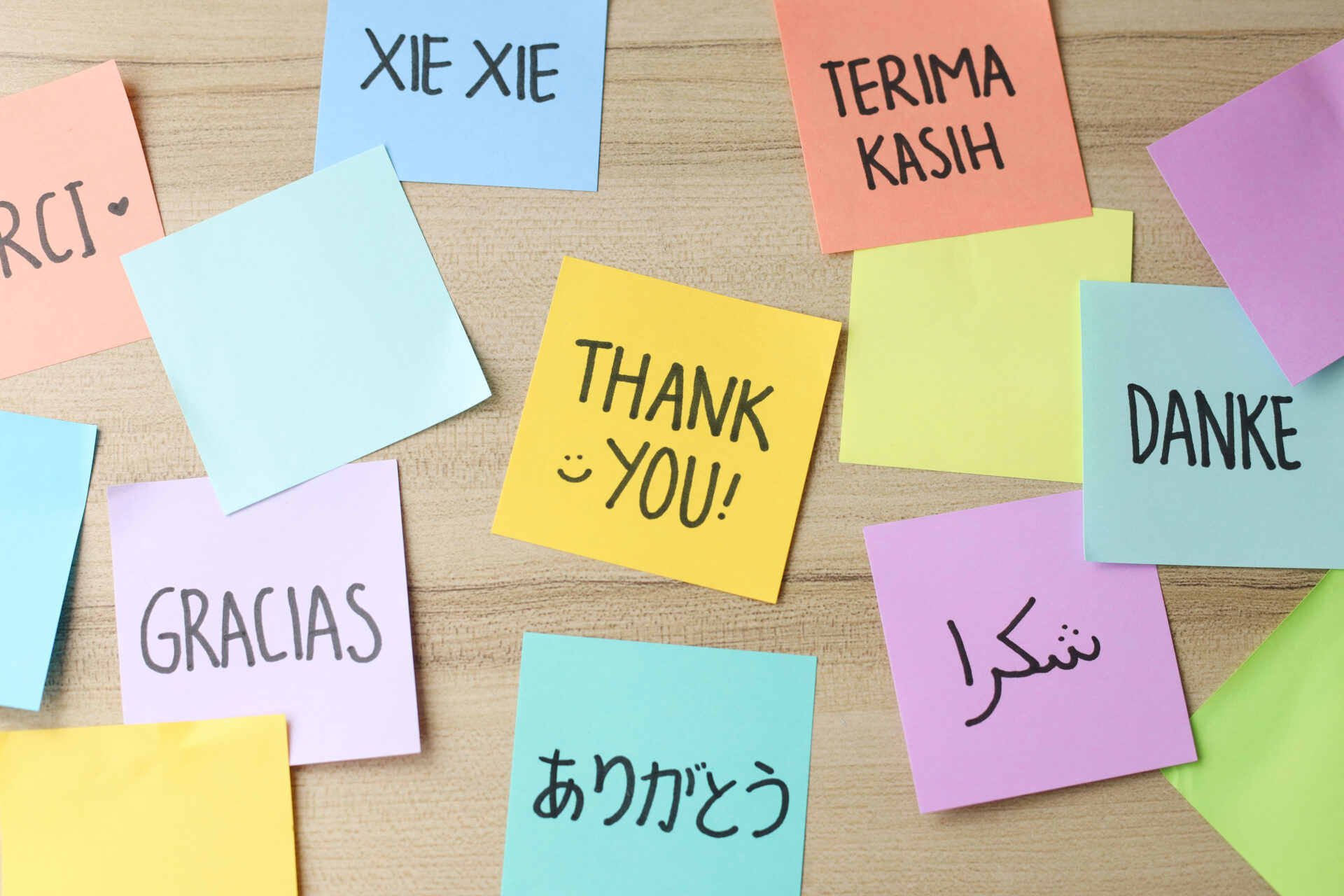
Turning your passion for anime and manga into a career can feel daunting at first. Whether you’re interested in translation or other roles in the industry, starting with a solid foundation is essential. For a helpful introduction to career opportunities, check out our related article, How to Find Your Dream Job in a Japanese Anime Industry. In this article, we’ll focus specifically on how to break into anime and manga translation—covering key skills, tools, and strategies to help you stand out.
Table of Contents
1. Translation Jobs: More Accessible than You Think
While many people assume anime translation jobs require living in Japan, there are plenty of opportunities for translators based right here in the U.S. The growing popularity of anime and manga in North America has increased demand for bilingual translators who can bring Japanese content to diverse audiences.
These roles may offer remote work options, allowing translators to collaborate with Japanese companies without relocating. Plus, you don’t need to be fully fluent in Japanese or relocate overseas to build a successful career in this field. With the right skills and understanding of the U.S. market, you can find your place in this exciting industry.
2. What Anime and Manga Translators Do
Whether you’re drawn to subtitling anime or translating manga dialogue, the core skills of language proficiency and cultural fluency are crucial. However, the specific tools, workflows, and creative decisions involved can vary widely depending on the medium. Anime translation often requires timing and syncing subtitles with spoken dialogue, while manga translation involves adapting text within panels, conveying tone, and translating sound effects.
A crucial part of the process is understanding the difference between literal translation and localization. Literal translation focuses on word-for-word accuracy, whereas localization adapts content to resonate with the target audience’s culturjobe and context. Translators must make creative decisions behind the scenes—balancing how much to adapt jokes or idioms to preserve the original’s spirit while making it accessible. This balance demands not only strong language skills, but also cultural sensitivity and creative judgment, making the role much more than simply converting words from Japanese to English.
3. Essential Language and Cultural Skills
Advanced Japanese proficiency is typically required for professional anime and manga translation roles, with many translators holding degrees or formal Japanese studies. While intermediate skills provide a good foundation for practice, fluency and a deep understanding of complex cultural nuances such as honorifics, slang, and cultural references require deeper knowledge and context. Additionally, translation often involves collaboration, so teamwork skills are just as important as language ability.
4. How to Gain Experience and Stand Out
Building an anime or manga translation career often begins with hands-on practice through fan projects, internships, freelance gigs, or volunteer work. These opportunities let you learn the professional workflows and build portfolio samples that showcase your skills.
While working on these projects, experiment with industry tools. For anime, try Subtitle Edit or EZTitles for subtitling and timing. For manga, practice with Adobe Photoshop, InDesign, and Illustrator to learn typesetting and layout editing.
To strengthen your credentials, consider joining translation workshops or pursuing a certification, such as the ATA (American Translators Association) exam. This is a great way to show commitment to the craft and stand out in freelance roles.
Finally, get involved in communities like Discord servers, online forums, and fan groups for feedback, networking, and ongoing inspiration. Even without formal credentials, passion, consistency, and a willingness to learn are key to progressing in this competitive field.
5. Making the Leap from Fan to Paid Translator

Many translation professionals got their start through scanlation, fansubbing, or fan game projects. While unofficial, this type of work can be valuable experience if handled professionally.
Ethics Matter
- Avoid sharing full scans, episodes, or other copyrighted material in public portfolios.
- Use short excerpts with disclaimers or recreate sample translations.
- Be transparent—fan work is fine when used to show growth, not to profit off copyrighted content.
Real Paths: From Fan to Professional
Several translators started with passion projects before moving into official roles:
- Katrina Leonoudakis began as a fan translator and later worked on official anime scripts at Sentai Filmworks.
- Andrew Hodgson (aka Reading Steiner) started with a fan translation of Steins; Gate, which led to his recruitment by JAST USA for the official localization. He later joined J-Novel Club as a professional translator.
Tips for Going Pro
- Include fan work selectively in your portfolio with clear context.
- Prepare for translation tests, often required by employers.
- Highlight your tools, localization skills, and growth from fan work to professional standards.
Fan work can open doors if you show you’re ready to work at a professional level.
6. Building a Portfolio That Gets You Noticed
In anime and manga translation, a strong portfolio is crucial for distinguishing yourself. A translation portfolio should highlight not only what you can do, but also explain why you made the choices you did.
Why It Matters
- Shows Your Skills in Action: How you handle tone, slang, cultural nuance, and character voice.
- Proves You’re Job-ready: Most freelance gigs and entry-level roles ask for samples before hiring.
- Highlights Your Style: Your “translator’s voice” can shine when paired with thoughtful commentary.
What to Include
- Subtitled Anime Clips: Short, timed subtitles that show your handling of tone and timing.
- Manga Translation Samples: A few translated pages from different genres to show range.
- Visual novel or Game Script Excerpts (optional): Excerpts that demonstrate dialogue flow, character voice, and localization decisions.
How to Format It
- Use side-by-side Japanese and English when possible.
- Add brief translator notes explaining key decisions.
- Keep layouts clean and easy to navigate.
7. How to Find Work
Remote and U.S.-based opportunities in anime and manga translation continue to grow. Major companies such as Crunchyroll, Viz Media, and Yen Press have hired freelance and contract translators, reflecting the rising demand for skilled localization professionals. To increase your chances:
- Research companies and their projects thoroughly before applying.
- Tailor your resume, portfolio, and pitch to match each opportunity’s requirements.
- Join active online communities and industry groups focused on translation and localization to uncover hidden job openings, connect with industry insiders, and build a network that can help you discover new possibilities.
Take the first step—Get in touch with HRAIT to explore bilingual translation opportunities in Japanese media.
8. Ready to Start Translating?
Starting a career in anime and manga translation can be rewarding, though it comes with challenges like variable pay and heavy workloads. For more insight into these realities and how to navigate them, explore our related guide, How to Find Your Dream Job in a Japanese Anime Industry.
Remember, there’s no single path to success. Every professional starts somewhere. Take small steps, continue sharpening your skills, and stay involved with the community.
Launch your translation career today. Whether you’re beginning your journey or seeking to advance your career, HRAIT can help you connect with professionals and access valuable opportunities in the Japanese media field.
Latest Articles
- Top Career Benefits of Speaking Japanese in the U.S. Job Market
- The U.S. Internship System Explained: Key Benefits and Insights for Job Seekers and Employers
- How to Build a Career with Japanese Companies in the U.S.
- From Fan to Pro: Careers in Japanese Pop Culture Marketing, Events, and Branding
- Job Interview Tips for Japanese-Style Companies: Formality, Respect, and Harmony
Find Your Dream Job
HRAIT will help you achieve career advancement in the U.S. and aim for a high income.
REGISTER for FREE
We provide full support for your job hunting in the U.S.
